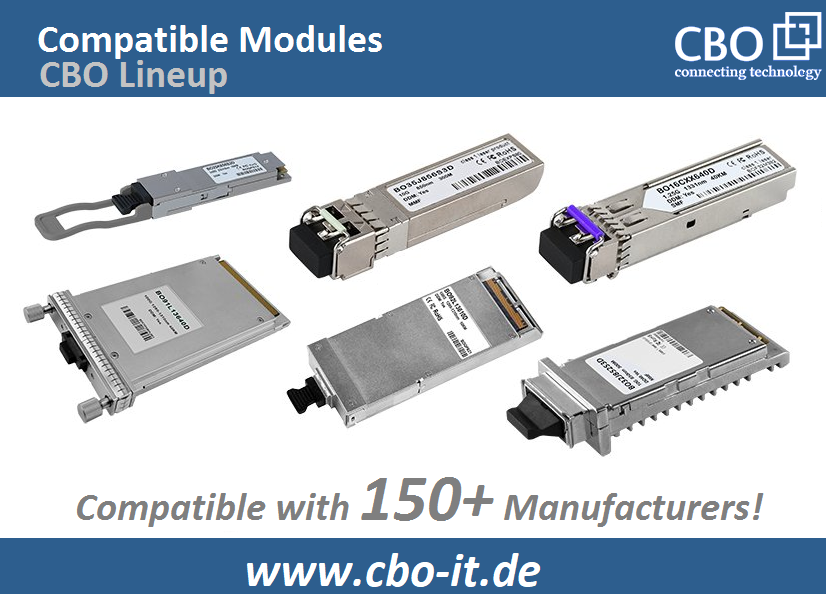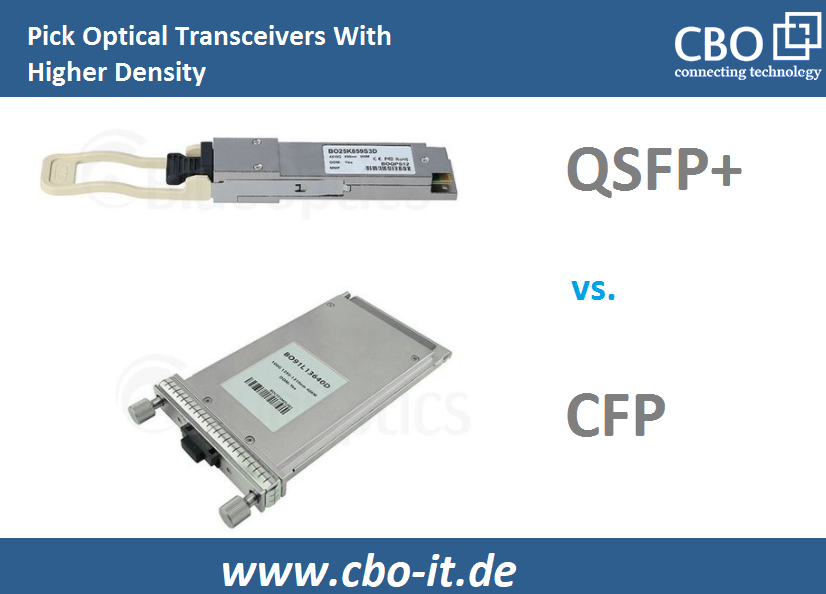It is obvious that fiber optic connections cannot be achieved without optical transceivers. A medium to large data center often uses several hundred to a thousand optical modules. The purchase price and operating costs of optical modules account for a large proportion of the construction and operating costs of a data center. Therefore, it is very important to make the right decisions and select the right transceivers during the planning and setup phase of a data center. Below are some tips to consider different options for optical transceivers.
TIP#1 - Prefer compatible modules
Comparemos los módulos compatibles y los módulos OEM para entender sus diferencias. Los módulos OEM son vendidos directamente por fabricantes de equipos originales como Cisco. Sin embargo, en la mayoría de los casos, los módulos OEM también son fabricados por terceros fabricantes. Posteriormente, estos módulos se marcan y comercializan para venderse desde la plataforma de los principales proveedores y con etiquetas de precio más elevadas. Por otro lado, los módulos compatibles están ampliamente disponibles a un precio mucho más bajo. Teniendo en cuenta nuestros años de experiencia, los módulos compatibles están a la par con los módulos OEM en términos de calidad. Sin embargo, hay que tener en cuenta que también existen diferencias entre los fabricantes de módulos compatibles. En este caso, los productos pueden variar mucho tanto en calidad como en precio. Por eso, con esta alternativa más económica, apueste por productos de marcas probadas como BlueOptics y BlueLAN, que también subrayan su promesa de calidad con una garantía que dura años. No en vano, en los mercados en desarrollo se prefieren estos módulos a los módulos OEM.

TIP#2 - Prefer modules with low power consumption
Energy efficiency is another major concern when it comes to data center operators' costs. It is a fact that the same type of module from different manufacturers, have different power consumption values. Fiber optic modules come with integrated optoelectrical devices and require power to operate. Manufacturers with better design capabilities and manufacturing technologies can develop more energy efficient modules. On the other hand, similar modules manufactured by small modules may have higher power consumption.
Here it is important to understand that even a difference of a few watts or milliwatts in the power consumption of two modules of the same type can make a big difference in a broader perspective. Assuming the power consumption of two 10G modules is 3W and 2.5W respectively, the power consumption of the optical module on a 48G switchboard can reach 144 watts for the former and 120 watts for the latter. Now, if a network has 16x such 48G switchboards, the total value is 2300 watts and 1920 watts. It shows that a significant amount of energy can be saved in medium to large networks using more efficient optical modules.

TIP#3 - Prefer modules with higher density
In data center environments, space utilization and efficient space management remain among the most challenging tasks for network designers and IT architects. Network components dissipate heat and therefore their installation is not so simple. When choosing from optical transceivers with different form factors and similar operating speeds, prefer the small ones if possible. This way you can save a lot of space and power.
For example, consider the CFP and 40G QSFP+ optical modules, as both support 40G networks. The length and width of a 40G QSFP+ module is about 12 x 1.8 centimeters, while the length and width of a CFP module is about 14 x 8.2 centimeters. In the case that we need to install 8 modules, the CFP modules require about 918.4 c㎡ area - much larger than the 172.8c㎡ area required for a similar number of QSFP+ modules. So you can save a lot of rack space by choosing the right form factors, especially in high-density data centers.
Conclusion
Dealing with CAPEX and OPEX related challenges is quite a challenging task for network operators and data center managers. Most managers prefer to work with compatible hardware, including modules, when they need to build a functional and robust network on a limited budget. Companies that can spend more usually stick with original hardware. However, selecting the most suitable form factor optical modules is also important to ensure better space management and optimized data center operation.
 Espaniol
Espaniol
 Deutsch
Deutsch
 English
English










